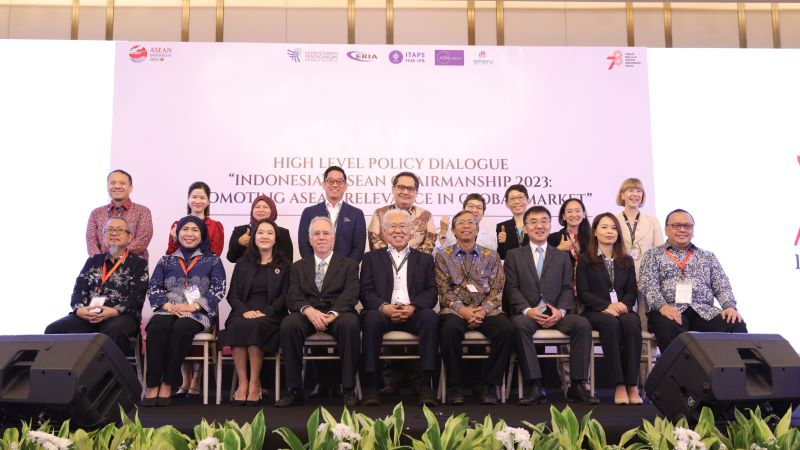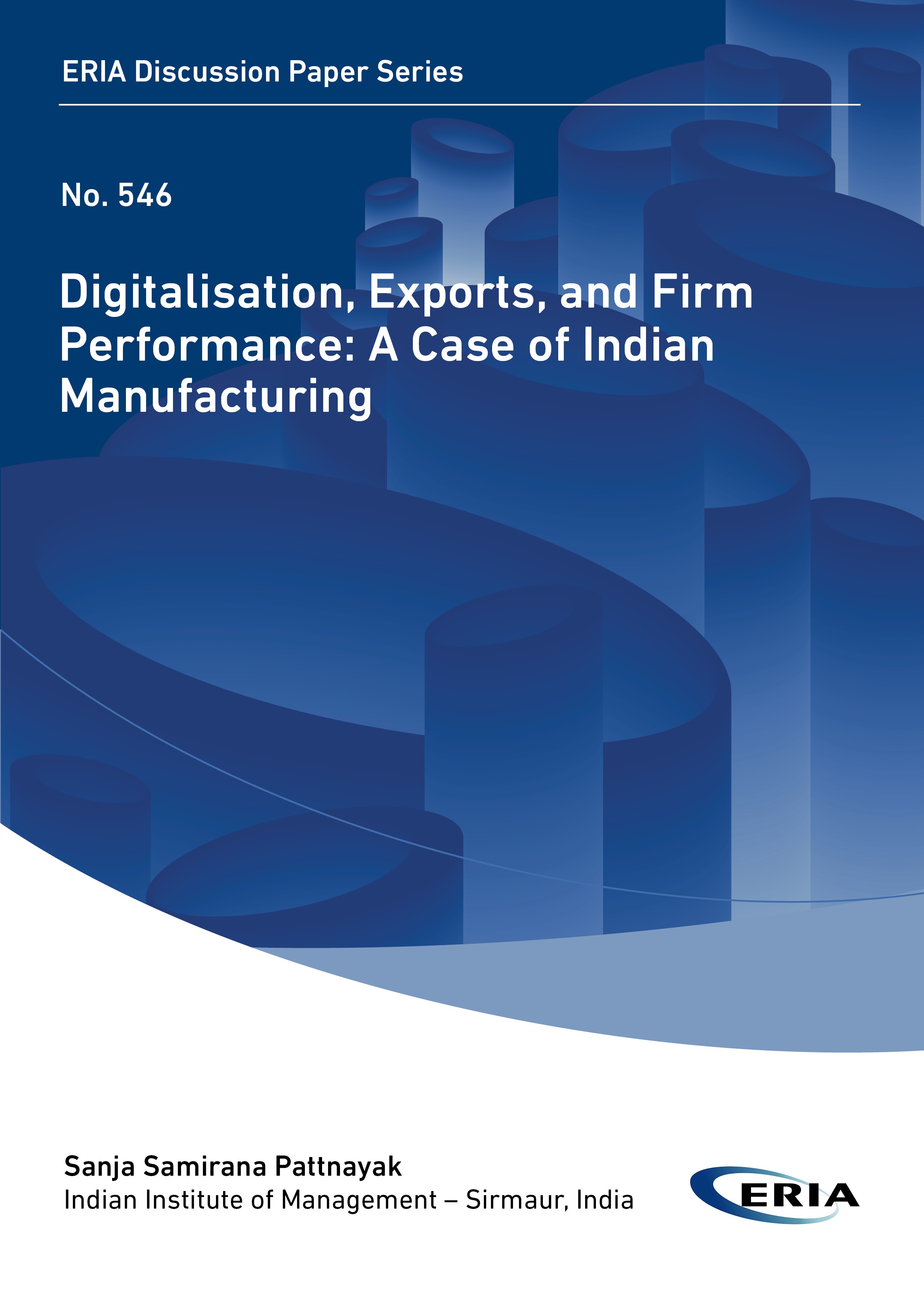Interconnected Horizons: ASEAN’s Journey in the Global Semiconductor Trade Network Amidst the COVID-19 Pandemic
Date:
23 February 2024Type:
Discussion PapersTags:
trade, semiconductor trade, trade network, regional trade, COVID-19, ASEANPrint Article:
This paper examines the global semiconductor industry trade network and the place of the Association of Southeast Asian Nations (ASEAN) in it. The network analysis parameters (e.g. degree centrality, eigenvector centrality, and closeness) are calculated for two semiconductor product classifications (i.e. Harmonized System (HS) 8541 and HS 8542) as well as key inputs for the manufacturing process and testing, packaging, and distribution. The study finds that the coronavirus disease (COVID-19) pandemic has a significant adverse effect on the semiconductor trade network. It finds that the central position in the network is determined by Germany, the United States, China, Belgium, India, Italy, Spain, the Netherlands, France, and the United Kingdom. It is also found that Singapore, an ASEAN Member State, occupies the central position in the trade network. Other ASEAN Member States, such as Viet Nam, Malaysia, Thailand, the Philippines, and Indonesia, have been well integrated in the trade network in recent years. However, countries such as Myanmar, Cambodia, Brunei, and the Lao People’s Democratic Republic (Lao PDR) are still in the peripheral area of the network. Nonetheless, over the years, these countries have improved their participation in semiconductor trade. The COVID-19 pandemic has impacted trade in key inputs and manufacturing parts of semiconductor production. It has drastically reduced the trade flows, connectivity, and dependence of many countries in the network.




